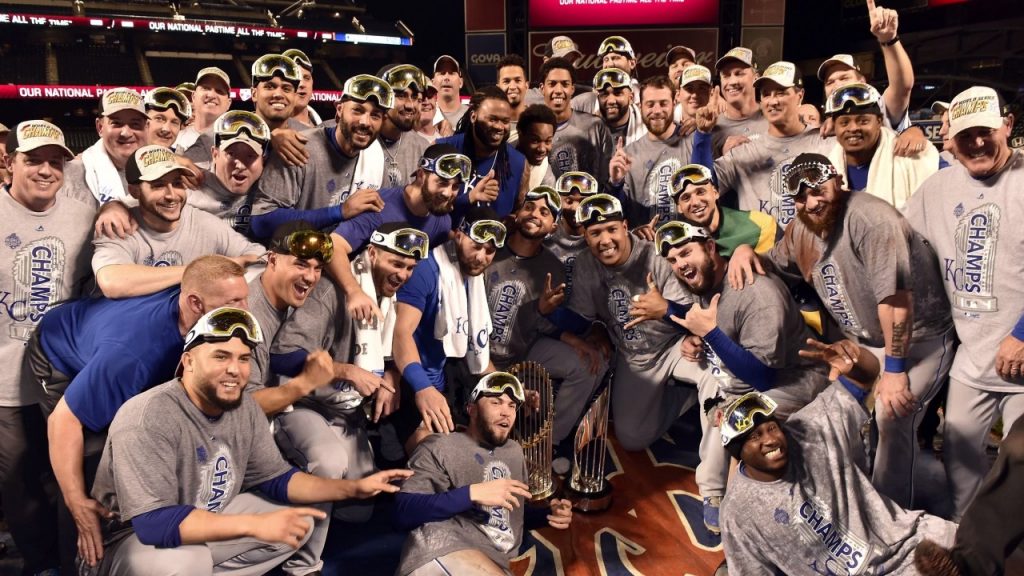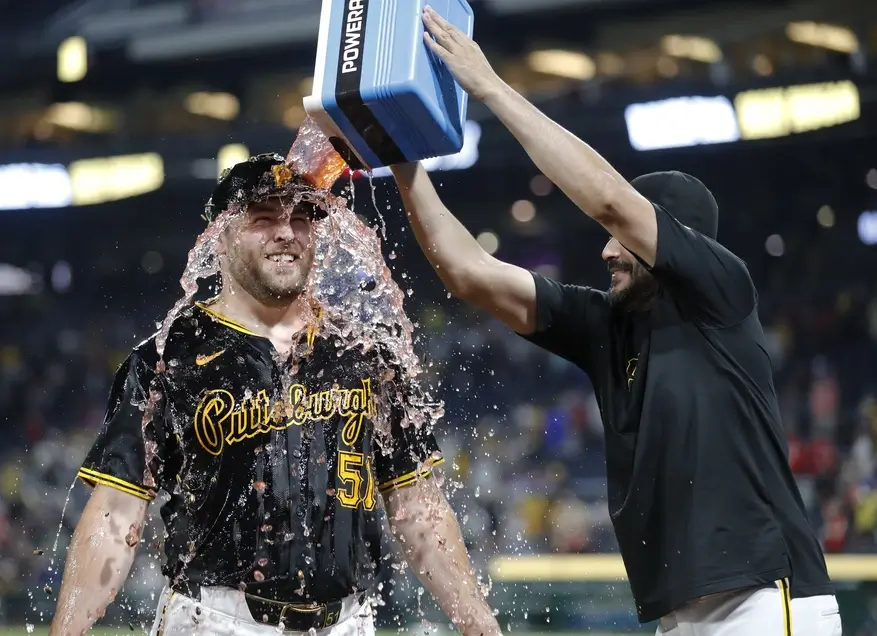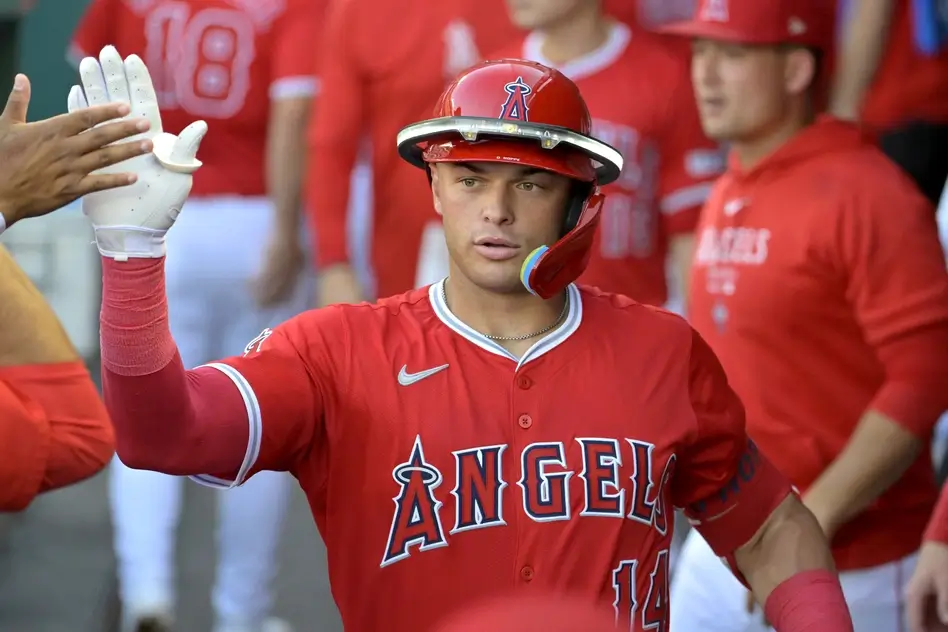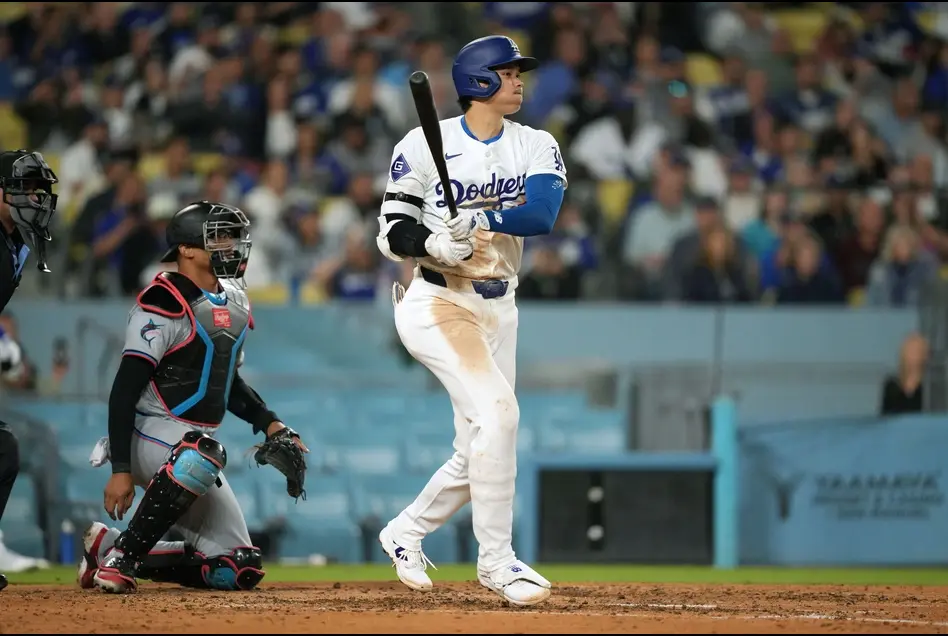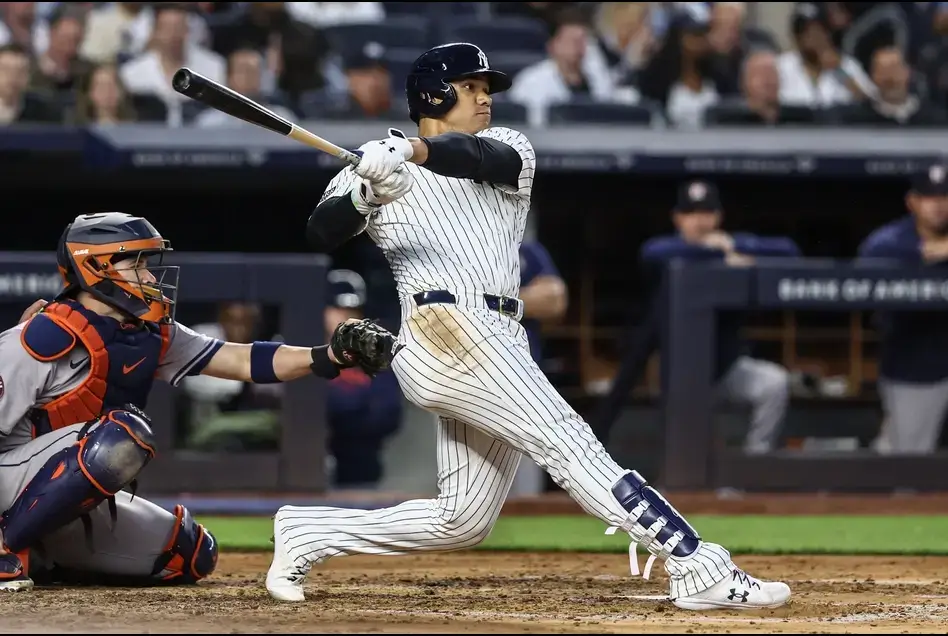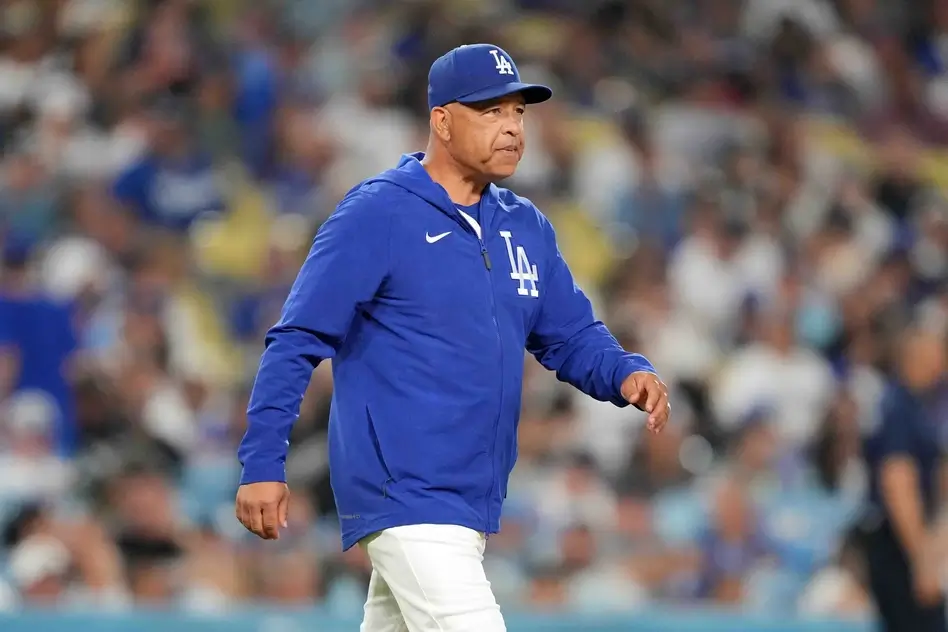After the Royals’ 72-90 2012 season, general manager Dayton Moore was in fact already preparing for their 2015 World Series triumph. Moore, like Oakland’s Billy Beane should be seen as a game changer in modern baseball front office practices. Today, teams such as the 2012 Royals, whose payroll fell $30 million under league average, can compete on almost an equal footing with big markets for short windows of time. Moore, although not the first to try, was the trailblazer who perfected these innovative techniques.
Trading for future talent
The first key with small market teams is that when they aren’t competitive, expensive stars should be traded for young contract controllable talent. This practice had seen success in Miami in 1997 however, Allard Baird’s Royals in 2001 were not so lucky. “I think the big thing is either you’re all-in, or don’t do it at all,” said Baird after realising the return for star Johnny Damon would not live up to the All-Star centerfielder’s calibre.
Moore in 2010 traded ace Zack Greinke (in his final contracted year) to Milwaukee for future World Series starters Alcides Escobar and Lorenzo Cain. The Royals would not have competed in the Greinke sweepstakes and Moore made an astute decision.
The owners of baseball’s lowest current payroll are the Rays and they also demonstrate similar examples. By trading one-time ace Chris Archer to the Pirates for faltering prospects Austin Meadows and Tyler Glasnow, they now have two bona fide perennial All-Stars.
Furthermore, the trade for displaced Tommy Pham from St. Louis in return for 3 minor prospects, took advantage of a disappointing 2018 start for Pham. This has landed them one of the most productive left fielders in the majors.
Amateur scouting
Homegrown or international signed talent is always a key element of any World Series contenders’ team.
For small market teams this is critical as they usually cannot compete for the best free agents who would command a sizable portion of their total salary.
Before the 2017 collective bargaining agreement, the Royals would have been at a disadvantage in international signing markets as limited spending caps applied. Cornerstones to the franchise were found in both Mike Moustakas and Alex Gordon who were back to back 1st draft selections in 2007 and 2008.
Furthermore starter Yordano Ventura and catcher Salvador Perez were signed for 28 and 65 thousand dollars respectively out of the Dominican and Venezuela. Therefore, the Royals’ scouts found four important starting players for their championship team without pressurising their salary budget.
However, the importance of advanced scouting is not exclusively important to ambitious small markets. Without signing Jose Altuve who many teams deemed too small at 5’6”, the Astros would probably not have won the 2017 World Series. Similarly, their ALDS opponents the Yankees would not have made the playoffs if their scouting department had not expected significant improvements from traded stars and prospects. These include Aaron Hicks and Didi Gregorius; and also impressive gambles drafting Aaron Judge and the signing, of then stringy 17-year-old, Luis Severino.
Use trade deadline wisely
Trading for future prospects is important however, when the window of opportunity opens, all teams, no matter their budgets, will bolster areas of need before the July 31st trade deadline.
The 2015 Royals exemplified this tactic and added starter Johnny Cueto from the Reds and infielder Ben Zobrist from the Athletics.
Both players, at risk of leaving as free agents at the end of the season, allowed their franchises to recover prospects in aid of future contention. The prospects, Brandon Finnegan and Sean Manaea are both yet to fulfil their potential.
The Reds’ lefty currently sits in triple A while Manaea is rehabbing from elbow surgery after a promising breakout season.
Although Kansas ultimately lost two high-ceiling prospects the sacrifice was affordable. In return both players helped deliver an unlikely championship and their farm system remained highly rated as, after many years of losing, they had accumulated a number of highly ranked prospects.
Another fine example of this tactic is the Indians’ trade for Andrew Miller in 2016. General manager Mike Chernoff sent Clint Frazier and Justus Sheffield, two of baseball’s best prospects, for the lefty reliever. Although the price at the time was considered substantial, given his ALCS MVP performance, helping Cleveland to the Fall Classic, the trade was fully justified.
The fact that Frazier and Sheffield have failed to gain regular playing time demonstrates the risks of expecting prospects to reach suggested ceilings.
Free agency
Dayton Moore, although not able to headline free agency with large contracts, still needed to use the opportunity to sign unregistered players to build a World Series contender.
For example, after James Shields was not resigned following the 2014 season having agreed a four-year $75 million contract with San Diego, Edinson Volquez was signed.
Shields’ deal was significantly above the Royals’ budget for a frontline starter but, three months later, asking prices fell and Vólquez was affordable for two years at $20 million. He matched Shields’ production from the year before with a 13-9 record and a 3.55 ERA in a career-high 200 1⁄3 innings while starting games 1 and 5 of the World Series.
In the 2014 offseason Moore let DH and fan favourite Billy Butler depart to Oakland for 3 years and $30 million. Again, having waited for players to hold out for less, Kendrys Morales was signed for two years and $17 million. Morales had a silver slugger award winning year hitting .295 with 22 home runs, 106 RBI, and 39 doubles. This demonstrates clearly how even the smallest of markets can add significant pieces in free agency. That is if they can wait patiently and use analytics to find under valued players.
Focus on strengths
The 2015 Royals were constructed to compete without having to spend significant dollars on starting pitching. The organisation had focused on developing relievers to reduce the need for harder to acquire, elite starting pitching.
Prospects Wade Davis and Greg Holland developed into All-Star relievers in part due to the Royals’ allowing them to focus solely on late inning roles early in their careers. Furthermore, advanced international scouting, identifying potential relievers in particular, netted Kelvin Herrera. Finally, the addition of reliever Ryan Madson who signed a minor league contract due to a recent elbow surgery bolstered an already impressive bullpen at minimal cost.
Therefore by 2015, Kansas had the best bullpen in the majors at an affordable price. Not all small market teams will be able to assemble bullpens capable of carrying a team to a championship. However the 2015 Royals demonstrate that with a well-executed plan of how to win, it is possible to reach the postseason. Cleveland’s current focus on starting pitching or Baltimore’s attention to home runs in 2016 should be seen as evidence to support this premise.
Contract extensions
Lastly and most importantly, for elongated windows of opportunities it is a necessity to sign young players to team friendly contracts to extend their stay beyond free agency. Players have an incentive to agree to forgo potential future free agency dollars as in return, they receive guaranteed salary.
Moore in 2015 had All-Star catcher Salvador Perez signed to a five-year, seven-million dollar deal. Similarly. Gold Glove winning left fielder Alex Gordon penned a four years $37.5 million in 2012. These contracts provided payroll flexibility to the Royals who paid roughly $10 million to two players who would have been worth $15 to $20 million each in free agency.
Across the league teams, both large and small market, started to follow suit. The Cubs signed Anthony Rizzo to a seven-year $41 million deal, while Jose Altuve signed a four-year $12.5 million deal with Houston and duly won the MVP.
Some small market teams currently rely on these type of agreements to stay competitive. For example, Kevin Kiermaier of the Rays along with Blake Snell have both signed extensions even though they had yet to reach their final three years of contract. Finally, and most notably is Corey Kluber who won two Cy Youngs while under an incredibly Indian friendly five-year $38.5 million contract.
The 2015 Royals are a textbook of what every small market team wants to replicate. They succeeded in predicting which players to sign long term, which players they should offer contracts to in free agency, and which amateurs they should either draft of sign. They built a playoff team by trading veterans for key future prospects and not being afraid to give up some of their own future talent at the right time. The additions of Cueto and Zobrist were vital in ensuring that Moore’s efforts creating the team would be rewarded with the ultimate prize: a World Series.


